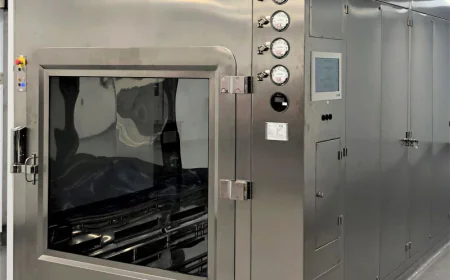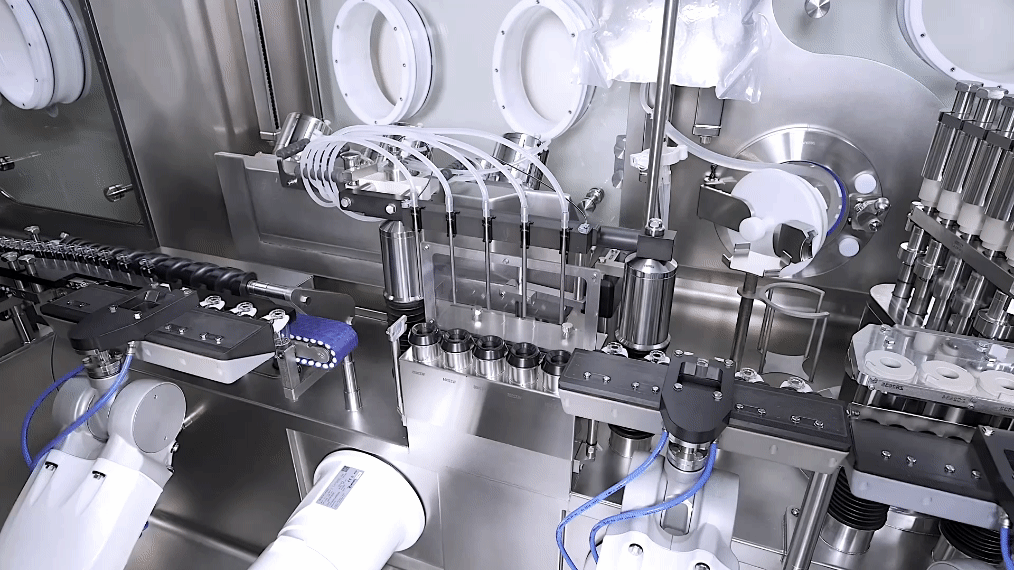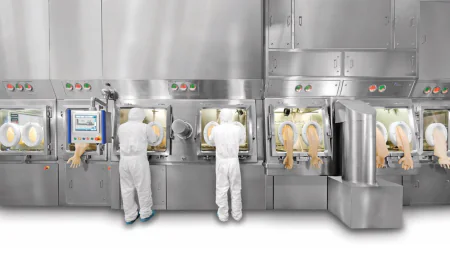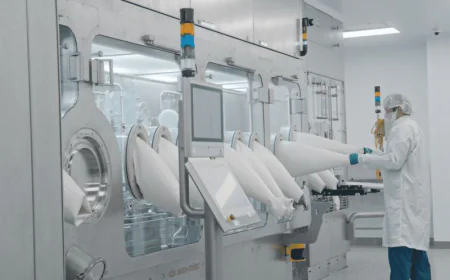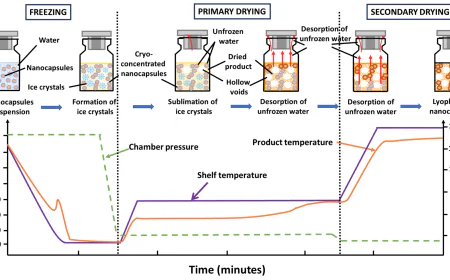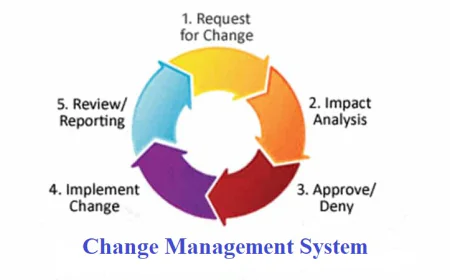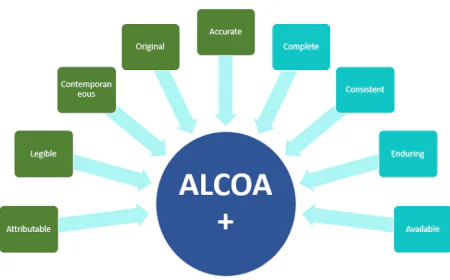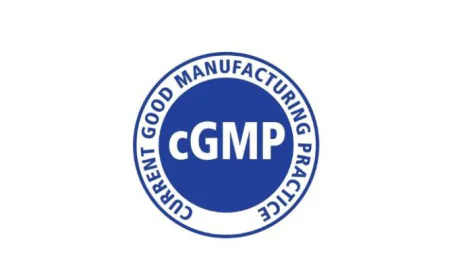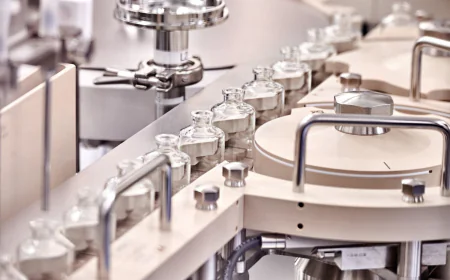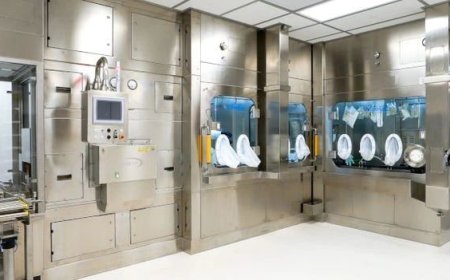Switching from open Filling systems to RABS: How do operations change?
Explore the transition from open filling systems to Restricted Access Barrier Systems (RABS) and discover how operations transform. Learn about the benefits, challenges, and key considerations in enhancing your operational protocols for improved safety and efficiency.

When switching from open packaging systems to restricted separation systems (RABS) more than just equipment changes the shift is comprehensive and impacts several operational aspects.
1. Contamination control:
Moving to RABS means significantly reducing the risks associated with contamination. System barriers keep products away from contaminants reducing the likelihood of spoilage recalls.
2. Efficiency and flexibility:
With RABS, some interventions can now be made without stopping entire operations reducing downtime and increasing operational efficiency.
3. Regulatory compliance:
RABS systems are compliant with regulatory requirements making audits easier and more straightforward.
4. Financial considerations:
While switching can require significant investment the benefits of reduced losses and increased productivity can make it a smart decision in the long run.
5. Cultural Change:
The shift to RABS requires a change in the operational culture as employees must adapt to new standards and understand the relationship between responsibility and efficiency.
Finally, the shift to RABS imposes radical changes in the way work is done from quality control to financial planning. But success lies in the combined efforts of people and processes.
What's Your Reaction?
 Like
0
Like
0
 Dislike
0
Dislike
0
 Love
0
Love
0
 Funny
0
Funny
0
 Angry
0
Angry
0
 Sad
0
Sad
0
 Wow
0
Wow
0
